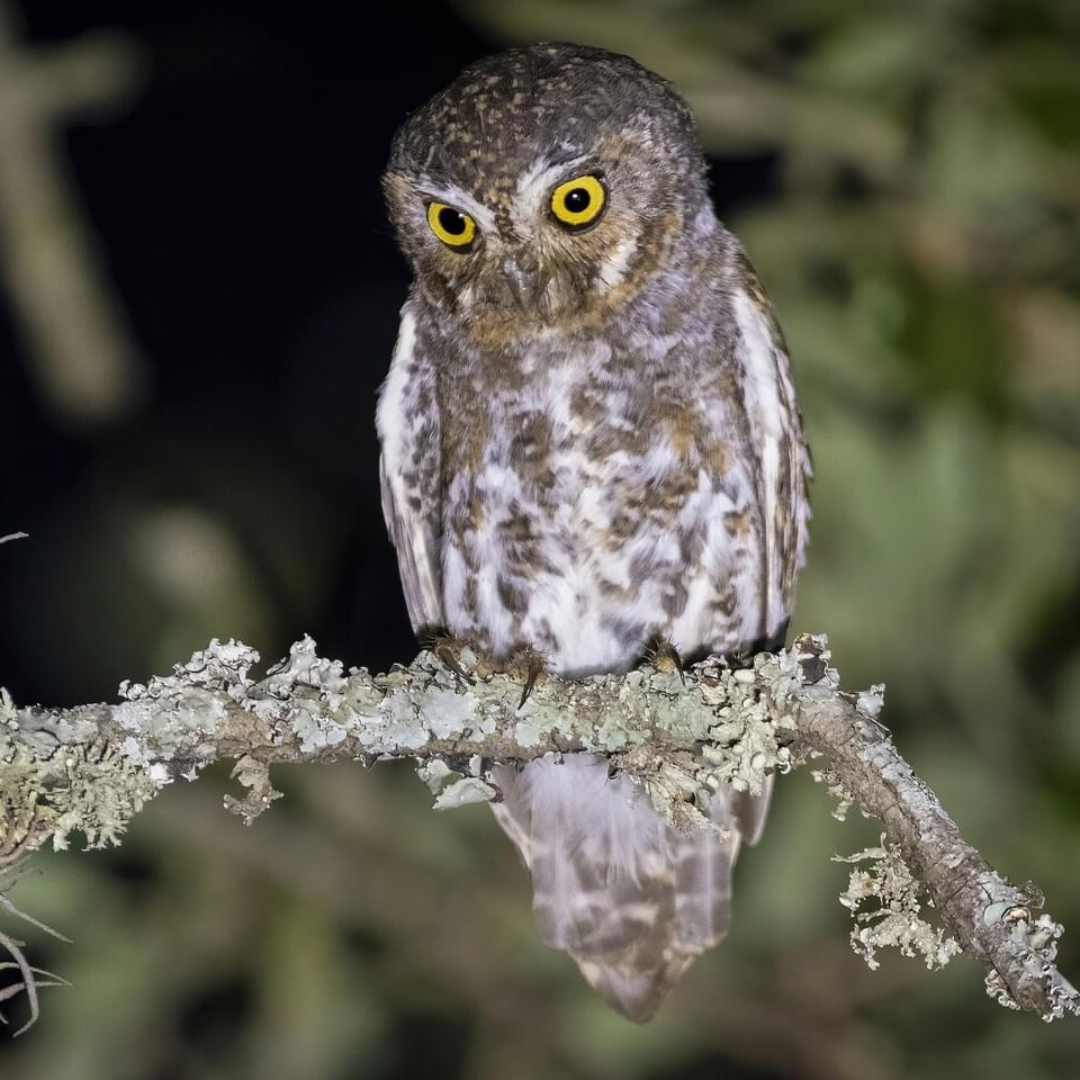Top 9 Birds You’ll See in Arizona
By Avian Feathers Team
Published April 2025
Arizona is one of the best states in the U.S. for birdwatching. Its unique mix of deserts, forests, and mountains supports an incredible variety of species, some found almost nowhere else in the country. Whether you’re hiking in the Sonoran Desert or relaxing in a suburban yard, you’re likely to spot colorful, curious, and sometimes downright quirky birds all around you.
From the fast-running Greater Roadrunner to the vibrant Vermilion Flycatcher, these birds highlight Arizona’s natural beauty and ecological diversity. Some live here all year, while others visit during migration or the warmer months. In this article, we’ll introduce you to nine standout species that birders, photographers, and nature lovers alike should keep an eye out for.
We’ll cover how to identify them, where you’re likely to see them, and what makes each one special.
1. Greater Roadrunner
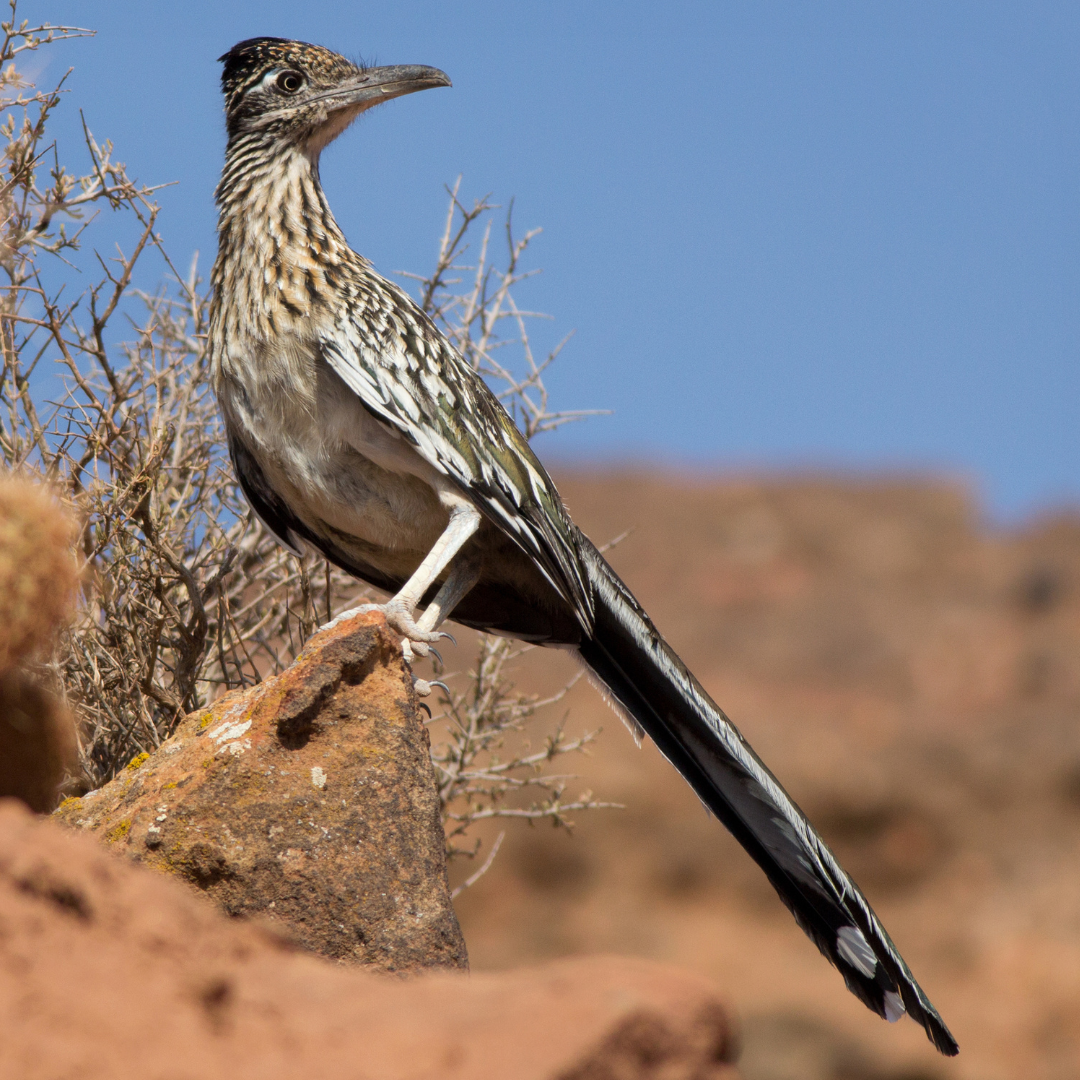
Scientific name: Geococcyx
californianus
Lifespan: 7–8 years (wild)
Size: 20–24 in / 51–61 cm
Wingspan: 17–24 in / 43–61 cm
Status: Least Concern
The Greater Roadrunner is one of Arizona’s most iconic birds, often seen dashing across desert roads or perched on a fence post, head tilted, alert and ready to sprint. A member of the cuckoo family, it’s uniquely adapted to life on the ground, using its long legs for bursts of speed that can outpace predators, and even some prey.
Its plumage is mottled brown, black, and white, blending well into the scrubby terrain it calls home. The crest atop its head adds character, and its long tail acts as a steering rudder during high-speed runs. Roadrunners are omnivorous, eating everything from insects and reptiles to small birds and fruit. They’ve even been known to go after rattlesnakes!
These birds don’t migrate, they stay put all year, and are especially common in Arizona’s deserts, chaparral, and open woodlands. Their dry, clicking calls and curious behavior make them a fun sighting for any birdwatcher.
2. Elf Owl
Scientific name: Micrathene
whitneyi
Lifespan: 3 to 6 years (wild)
Size: 5 to 6 in / 13 to 15 cm
Wingspan: 10.5 to 11.5 in / 27 to 29 cm
Status: Least Concern
The Elf Owl is the smallest owl in
the world, and it’s a real Arizona treasure. It lives in desert habitats and
wooded canyons, often nesting in old woodpecker holes in saguaro cacti. Despite
its tiny size, the Elf Owl is a fierce insect hunter, especially active at
night.
Its big yellow eyes, round head,
and lack of ear tufts give it a soft, alert expression. It is most often heard
before it is seen, with a high-pitched, yipping call that echoes in the desert
night. Elf Owls are migratory and usually return to Arizona in spring for
nesting season.
3. Cactus Wren
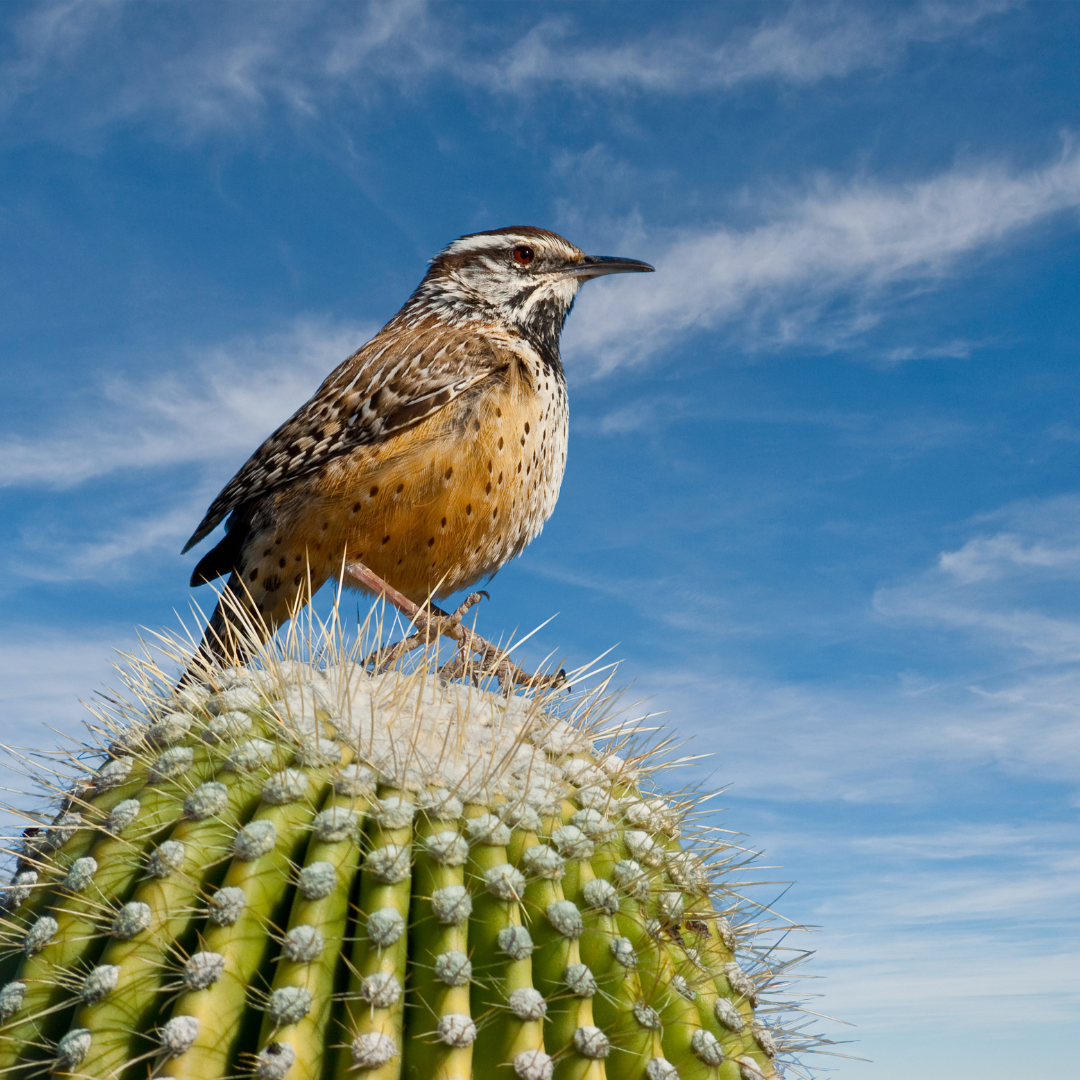
Scientific name: Campylorhynchus brunneicapillus
Lifespan: 5 to 7 years (wild)
Size: 7 to 9 in / 18 to 23 cm
Wingspan: 9.5 to 12 in / 24 to 30 cm
Status: Least Concern
The Cactus Wren is Arizona’s state bird and a loud, energetic presence in the desert. With its bold white eyebrow stripe, speckled brown body, and long tail, it’s easy to spot hopping through cactus patches or foraging on the ground.
These wrens build football-shaped nests in cholla or saguaro cacti, protecting them from predators. They are active during the day and have a distinctive, raspy call. Cactus Wrens do not migrate and can be found in dry areas across southern Arizona year-round.
4. Gambel’s Quail
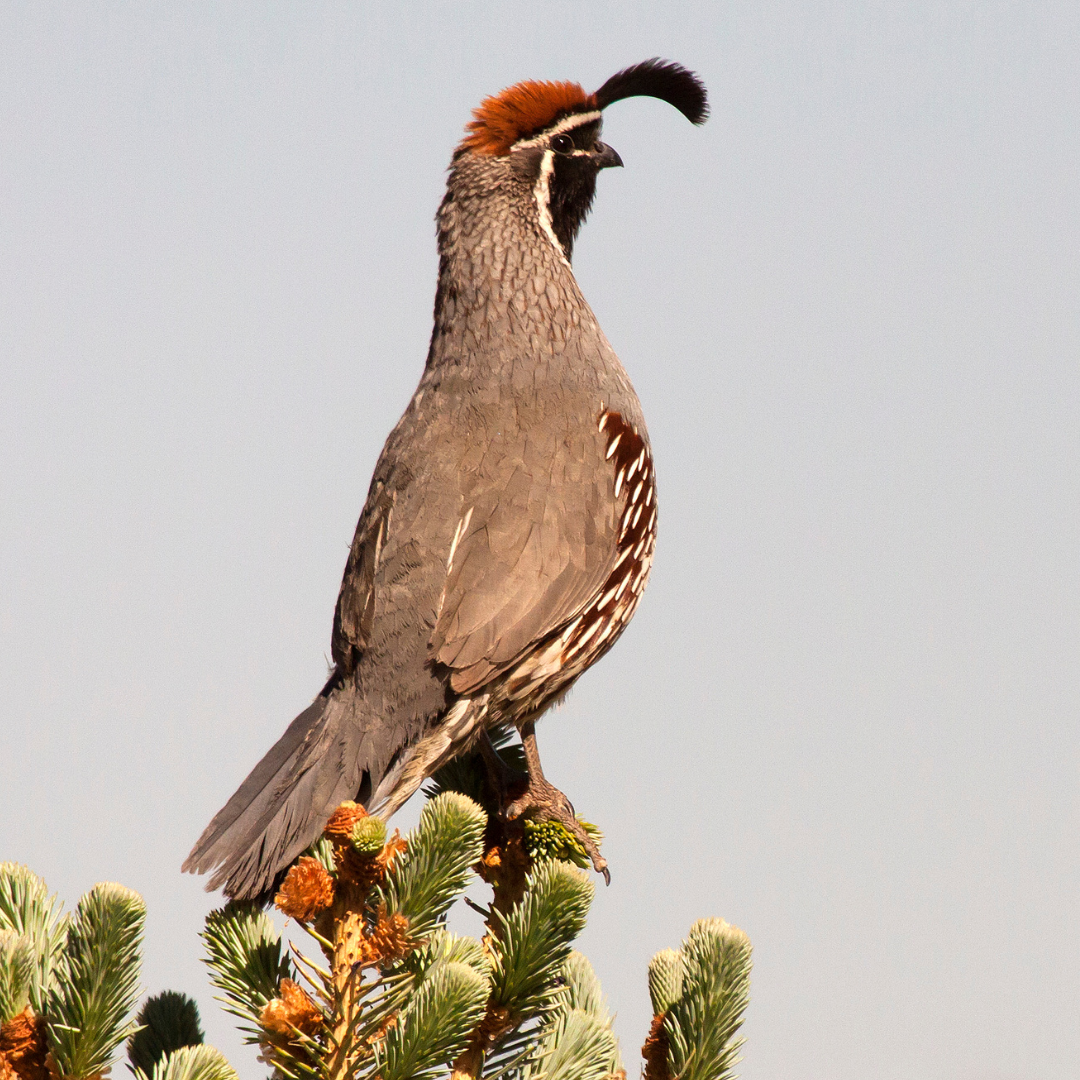
Scientific name: Callipepla gambelii
Lifespan: 1.5 to 4 years (wild)
Size: 9.5 to 11 in / 24 to 28 cm
Wingspan: 13 to 14 in / 33 to 36 cm
Status: Least Concern
Gambel’s Quail are charming ground birds known for their topknot feathers and friendly family groups. They are often seen walking in lines through desert scrub or neighborhoods in southern Arizona.
Males have a black face with a white border and a rich chestnut cap, while females are more subtly colored. Their “ka-KAA-ka” call is a common desert sound. These quail nest on the ground and feed on seeds, insects, and plant material. They are year-round residents in the state.
5. Gila Woodpecker
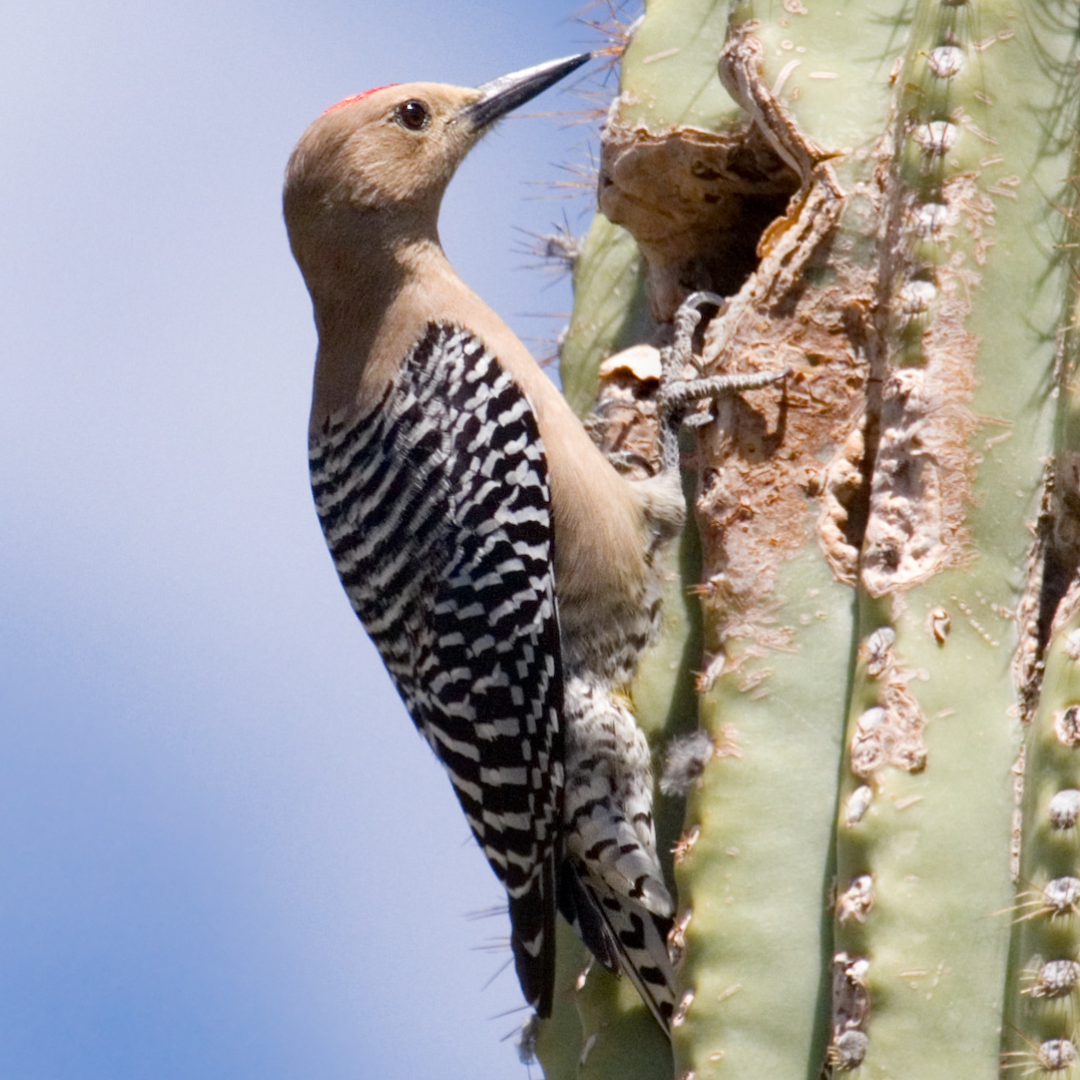
Scientific name: Melanerpes uropygialis
Lifespan: 5 to 10 years (wild)
Size: 8 to 10 in / 20 to 25 cm
Wingspan: 15 to 17 in / 38 to 43 cm
Status: Least Concern
The Gila Woodpecker is easy to recognize with its zebra-striped back and loud, chattering call. Males have a small red patch on their heads, while females do not. These birds are often found in desert regions, especially around saguaros, where they drill holes for nesting.
They eat insects, cactus fruit, and nectar, and are frequent visitors to hummingbird feeders. Gila Woodpeckers are vital to desert ecosystems because many other species use their abandoned nest cavities. They stay in Arizona year-round.
Arizona’s birdlife is as wild and colorful as its landscape. From deserts to sky islands, these nine birds offer just a small glimpse into the state’s avian wonders. Whether you’re a seasoned birder or just getting started, keep your binoculars handy, you never know what might flutter by next.
6. House Finch
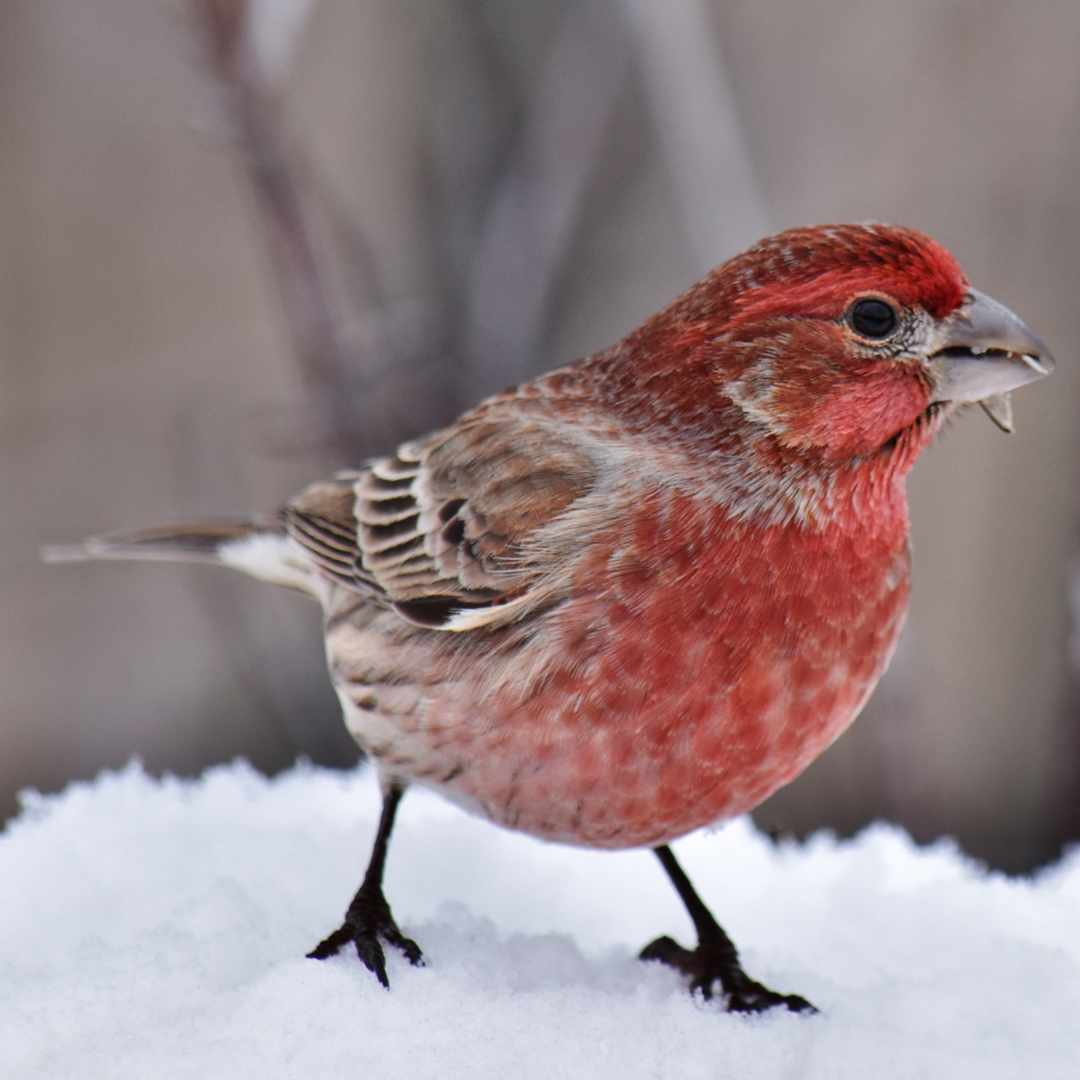
Scientific name: Haemorhous mexicanus
Lifespan: 5 to 7 years (wild)
Size: 5 to 6 in / 13 to 15 cm
Wingspan: 8 to 10 in / 20 to 25 cm
Status: Least Concern
The House Finch is one of the most common backyard birds in Arizona. Males are known for their rosy red heads and chests, while females are brown and streaked. They are very social and often appear at feeders in large groups.
These finches feed on seeds, fruit, and buds. You’ll hear their cheerful, warbling song in cities, suburbs, and desert edges. House Finches are year-round residents throughout Arizona and are very comfortable around people.
7. Vermilion Flycatcher
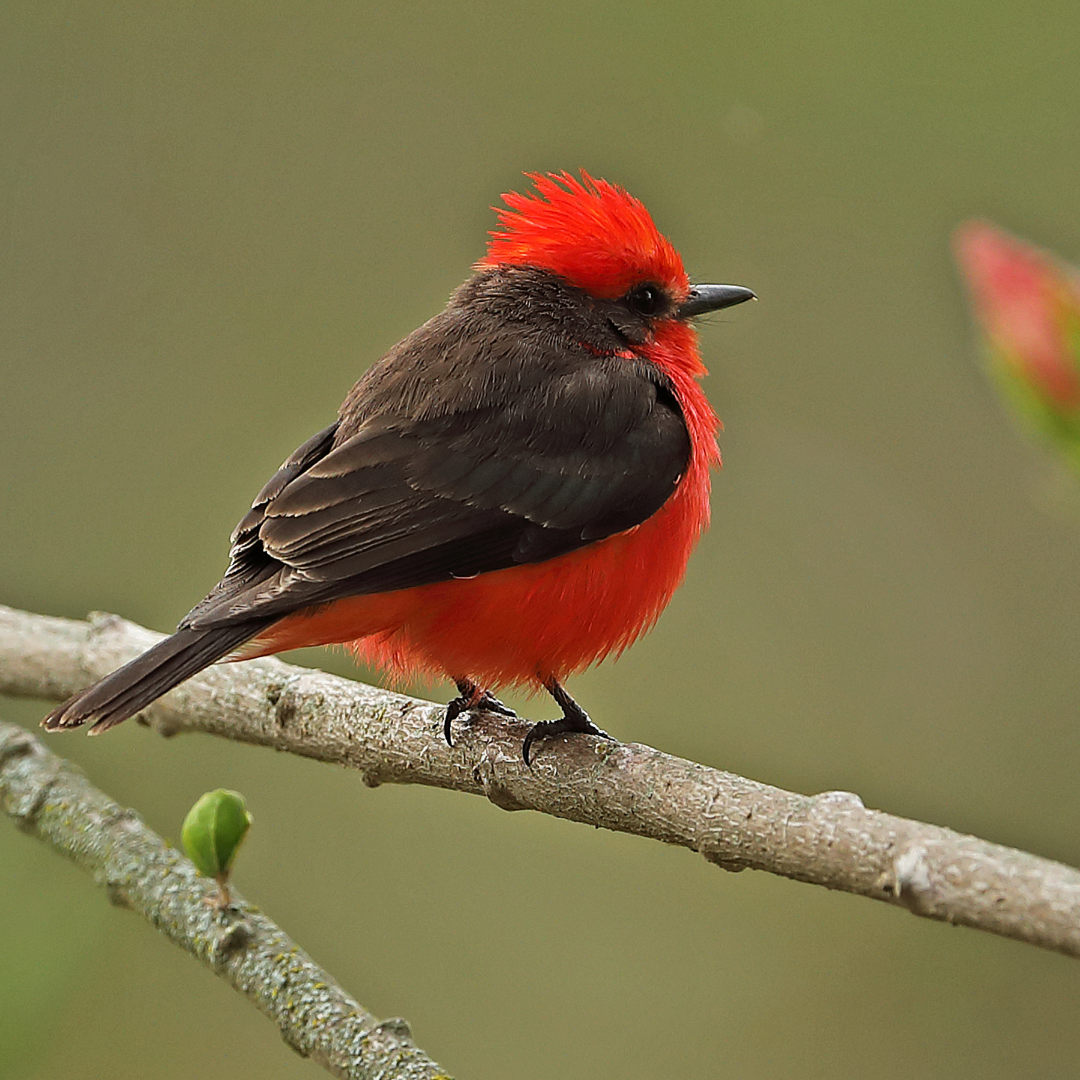
Scientific name: Pyrocephalus rubinus
Lifespan: 4 to 5 years (wild)
Size: 5 to 6 in / 13 to 15 cm
Wingspan: 9 to 10 in / 23 to 25 cm
Status: Least Concern
The Vermilion Flycatcher is one of the brightest birds in Arizona. Males are stunning with their brilliant red bodies and dark wings, while females are more modest with peach-colored bellies and gray backs.
These birds love open spaces near water and are often seen perched on low branches or fences. They catch insects mid-air with quick, acrobatic flights. Vermilion Flycatchers are more common in southern Arizona and are easiest to spot in spring and summer.
8. Western Screech-Owl
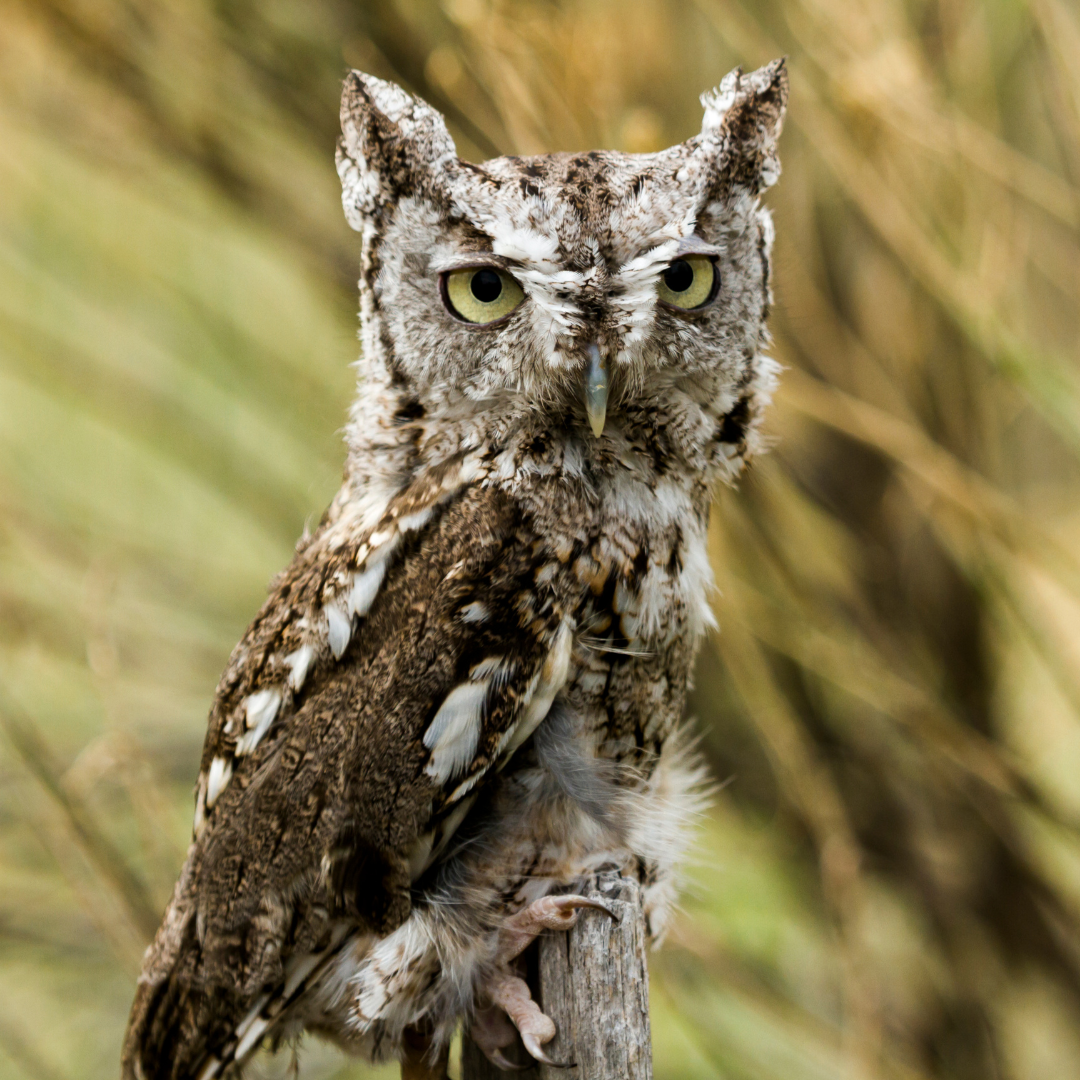
Scientific name: Megascops kennicottii
Lifespan: 3 to 7 years (wild)
Size: 7 to 10 in / 18 to 25 cm
Wingspan: 20 to 24 in / 51 to 61 cm
Status: Least Concern
The Western Screech-Owl is a small, camouflaged owl that blends into tree bark. It has yellow eyes, ear tufts, and a compact body. These owls are active at night and often roost in tree cavities or nest boxes during the day.
You’re more likely to hear them than see them. Their call is a series of soft, bouncing whistles. They live in many habitats across Arizona, from deserts to forests, and mostly stay in one area all year.
9. Elegant Trogon

Scientific name: Trogon elegans
Lifespan: 5 to 8 years (wild)
Size: 11 to 12 in / 28 to 30 cm
Wingspan: 16 to 18 in / 41 to 46 cm
Status: Near Threatened
The Elegant Trogon is one of the most striking birds in Arizona. Males have iridescent green backs, red bellies, and white chest bands. Females are more brown but still beautiful. These birds are rare in the U.S., but Arizona is the best place to see them.
They live in shady, forested canyons in southeastern Arizona during the breeding season. They feed on insects and fruit and often sit quietly, making them tricky to spot. Birders from across the country travel to Arizona for a chance to see this tropical species.
Where to Go Birding in Arizona
If you’re hoping to spot these birds, Arizona has plenty of great places to explore. Try hotspots like:
- Saguaro National Park – Great for roadrunners, quail, and wrens.
- Madera Canyon – A trogon hotspot in the Santa Rita Mountains.
- Sabino Canyon – A mix of desert and riparian birds.
- Patagonia Lake State Park – Good for Elegant Trogon and Vermilion Flycatcher.
- Backyards and neighborhoods – Especially great for House Finches, woodpeckers, and owls.
Arizona’s birdlife is as wild and colorful as its landscape. From deserts to sky islands, these nine birds offer just a small glimpse into the state’s avian wonders.
Whether you’re a seasoned birder or just getting started, keep your binoculars handy, you never know what might flutter by next.

